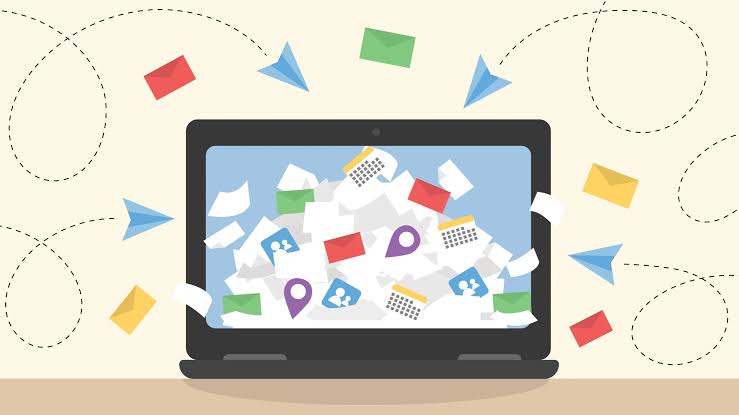In today’s fast-paced digital world, the amount of data, apps, and files we accumulate can quickly become overwhelming. Digital clutter can slow down devices, reduce productivity, and make it harder to find important information when needed. Just as physical clutter impacts mental clarity, digital clutter affects efficiency and organization. Removing it effectively is essential for maintaining a smooth and stress-free digital experience.
Understanding Digital Clutter
Digital clutter refers to the unnecessary or outdated files, applications, emails, and other digital elements that pile up over time. These can include duplicate photos, unused apps, old downloads, excessive notifications, and unorganized documents.
Common sources of digital clutter include:
- Old or duplicate files stored across multiple devices
- Outdated software or apps no longer in use
- Email inboxes filled with unread messages and spam
- Excessive desktop icons or disorganized folders
- Cached data and temporary files from browsing
Recognizing these sources is the first step toward effective decluttering.
Start with a Clear Plan
Before you begin removing digital clutter, it is important to have a structured plan.
Steps to get started:
- Identify which devices and platforms need decluttering
- Set realistic timeframes to work on each area
- Decide on specific goals, such as freeing up storage or organizing folders
- Use a checklist to track progress and stay focused
A methodical approach ensures you don’t overlook important files or create confusion later.
Organizing Files and Folders
File organization is key to avoiding future clutter. A well-structured folder system can save time and prevent data loss.
Effective tips include:
- Create clear folder names and consistent naming conventions
- Sort documents by type, date, or project
- Use cloud storage to centralize important files and access them across devices
- Regularly delete temporary or duplicate files
A well-organized folder structure reduces frustration and improves digital workflow.
Managing Apps and Software
Unused or outdated applications take up storage space and can slow down devices.
Practical steps to manage apps include:
- Review installed apps and remove those you no longer use
- Update software regularly for better performance and security
- Group frequently used apps for easy access
- Disable or uninstall pre-installed apps that serve no purpose
Keeping only essential apps ensures faster performance and less digital clutter.
Cleaning Up Your Email Inbox
Email overload is a major contributor to digital stress. A clean and organized inbox improves communication efficiency.
Helpful strategies:
- Unsubscribe from unnecessary newsletters or promotional emails
- Use folders or labels to sort messages by category
- Set up filters to automatically organize incoming mail
- Delete spam and old messages regularly
A minimal and well-organized inbox makes important emails easier to find.
Optimizing Storage Space
Proper storage management prevents devices from slowing down and running out of space.
Ways to optimize storage include:
- Use external drives or cloud storage for large files
- Compress files and images to save space
- Clear browser caches and temporary system files
- Schedule regular backups and cleanups
Efficient storage practices keep devices running smoothly and reduce the risk of data loss.
Reducing Notifications and Distractions
Too many alerts and pop-ups can disrupt focus and contribute to digital clutter.
To manage notifications:
- Turn off unnecessary app notifications
- Use Do Not Disturb modes during focused work periods
- Prioritize essential alerts from important apps
- Review notification settings regularly
A quieter device environment supports better concentration and productivity.
Maintaining a Clutter-Free Digital Space
Once you have removed digital clutter, maintaining order is essential.
Long-term habits to adopt:
- Schedule monthly or quarterly digital cleanups
- Use automated tools to find and remove duplicate files
- Keep a minimal number of apps and documents
- Organize new files immediately instead of letting them pile up
Consistent maintenance ensures your devices remain efficient and organized.
Final Thoughts
Removing digital clutter is more than just a one-time task—it is an ongoing process that boosts productivity, saves storage space, and enhances device performance. By setting clear goals, organizing files, managing apps, and reducing distractions, you can maintain a streamlined and stress-free digital environment.




Nice